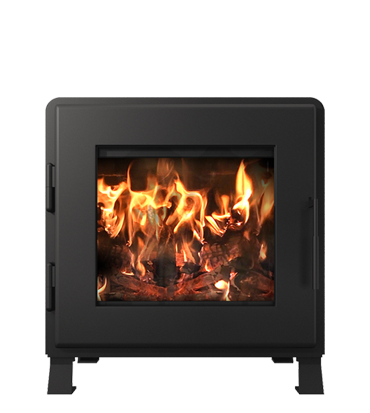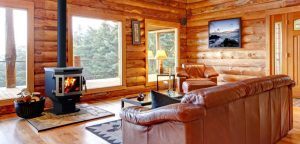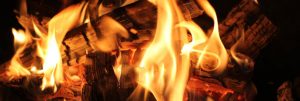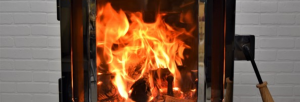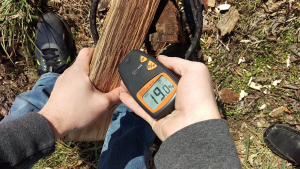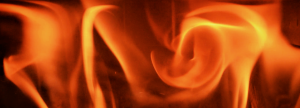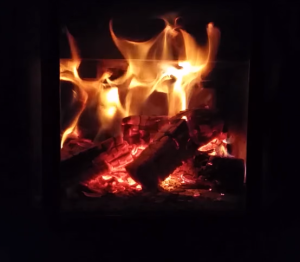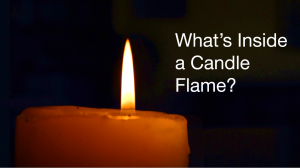Wood Burning Fireplace Inserts 101
Do you love your open fireplace but are hesitant to use it? You are not alone. Concerns over fire safety, proper maintenance, and smoke are very common reasons why people turn to an alternative: wood burning fireplace inserts. In this post, we’ll touch on the efficiency, safety, and beauty of wood burning fireplace inserts.
Are Wood Burning Fireplace Inserts Efficient?
To answer the question above, let’s define two types of “efficiency.”
- Thermal Efficiency. If you’re an avid fire-builder, you know there is nothing better than sitting in front of the hearth on a freezing cold day. But as soon as you move away, the room is colder than before you started the fire. That is because traditional open fireplaces pull warm air out of the room and, therefore, pull cold air behind it into your home through window seals, door seals, and other small openings in your home. Ultimately, 90% of the fire’s heat goes up the chimney. A wood burning fireplace insert, on the other hand, releases about 80% of the heat back into the room. Depending on the size of your existing firebox, you have the option to consider how much square footage you would like to heat when choosing an insert.
- Emissions. There is no doubt that unregulated smoke from an open fireplace in a chimney will release more emissions into the air than an insert. While gas fireplace inserts do burn cleanly, there is the consideration of non-renewable energy consumption. An EPA certified wood burning fireplace insert requires less wood, burns more cleanly, and relies on a renewable resource.
Is a Wood Burning Fireplace Insert Safer?
We have heard some horror stories about chimney fire damage to open fireplaces that goes unnoticed until after an inspection. With a properly installed and maintained fireplace insert, these risks can be reduced, without sacrificing the warmth and comfort of a real wood-burning fire. Let’s take a look at two main safety considerations.
- Professional Installation. While the original masonry and clay liner of your fireplace will be used as a passageway, a professional installer will use a liner to vent your fireplace insert up through the chimney. This significantly reduces the risk of dangerous creosote buildup. Regular inspection and cleaning of your chimney liner is recommended for safest operation.
- Tending to the Fire. Outside of creosote build up in the chimney, another major safety concern with traditional fireplaces is sparks or fly ash. Because an insert is contained by a glass door, there is much less concern over scattering and “popping” of any embers. Additionally, wood burns much more efficiently in an insert. This allows you to “light it and leave it” in a way you could not do with a traditional fireplace.
How Will a Wood Burning Fireplace Insert Look?
Historic or completely modern, fireplaces can be one of the most gorgeous things in a room. Our Nova series was designed with the main attraction in mind: the fireplace and the fire itself. When considering aesthetics, you may also want to ask yourself, what does the flame look like? The flames of a gas or electric fireplace insert tend to look more manufactured. Whereas, a wood burning fireplace insert, burns like… well… a fire! Lastly, you may be asking if the insert will fit. We offer two sizes of fireplace inserts to help fit into your fireplace opening: Nova Insert and Nova 2 Insert.
Have any questions, fill out our contact form!




















